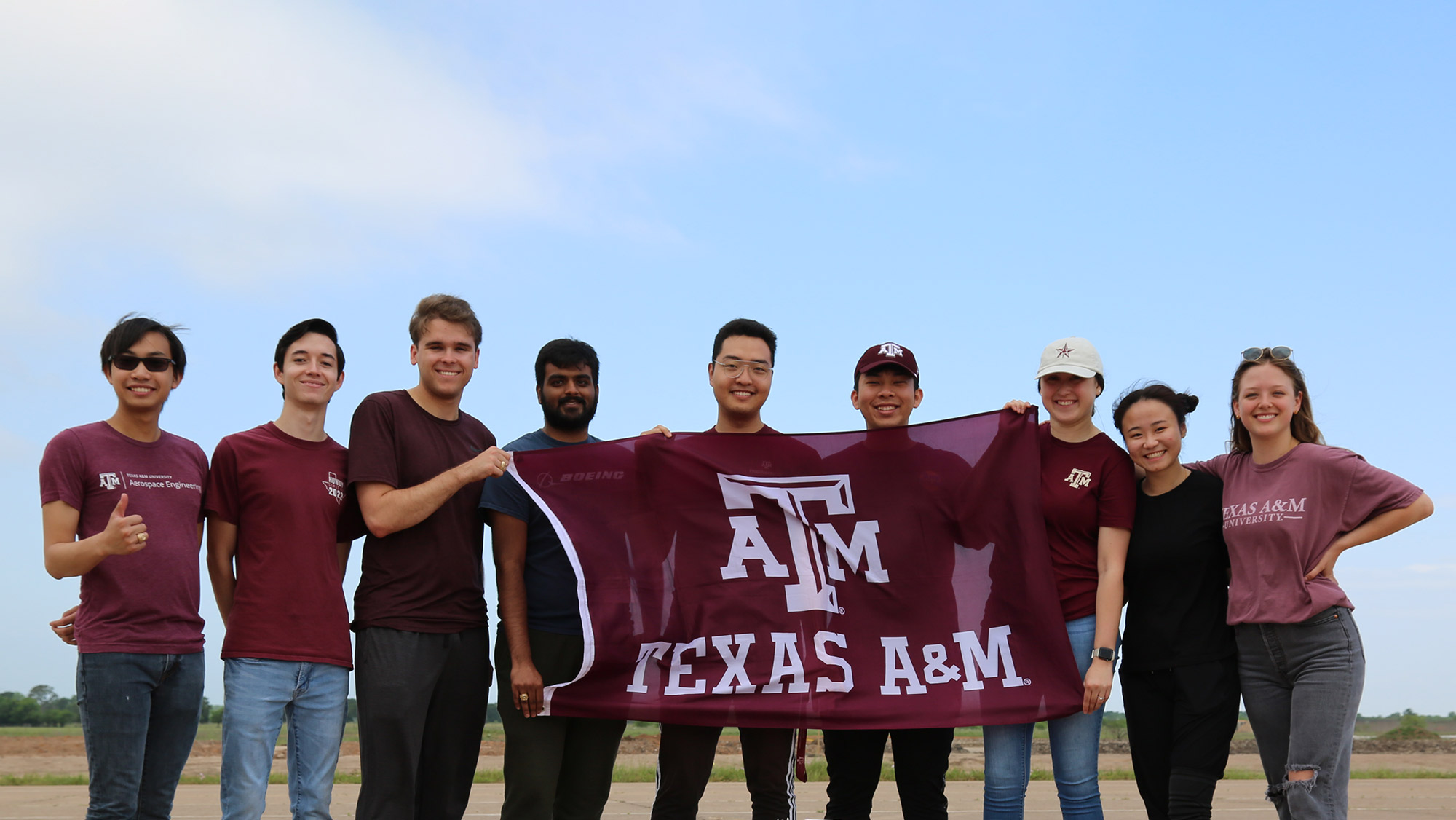
What is Aerospace Engineering?
Aerospace engineering is a complex, rapidly changing field. Its primary application is the design and development of flight vehicles, such as aircraft, missiles, spacecraft and satellites.
Aerospace engineering is also important and applicable to other vehicles and systems - including submarines, automobiles, trucks and rapid transit - and can include advanced robotics, exotic materials and computational simulations.
What do Aerospace Engineers do?
Working in both aeronautics (planes) and astronautics (space), aerospace engineers conduct research and design and develop vehicles and systems for air, space, or any fluid environment. Aerospace engineers commonly focus on specific areas in the fields of aerodynamics and propulsion, dynamics and controls, or materials and structures.
Where do Aerospace Engineers work?
Aerospace engineering graduates work in both industry and government in traditional aerospace companies, as well as new extensions in fields associated with aerospace engineering.
- Atec Inc.
- Ball Aerospace
- Bell Helicopter
- Boeing
- Bombardier
- CIA
- 哥伦比亚科学气球Facility
- L-3 Communications
- Lockheed Martin
- NASA
- NAVAIR
- Northrop Grumman
- Rockwell Collins
- Sandia National Laboratories
- Sierra Nevada Corporation
- Southwest Research Institute
- Space Exploration Technologies (SpaceX)
- Triumph Group, Inc.
- US Navy, US Air Force
- Vestas
Why study Aerospace Engineering at Texas A&M?
The curriculum includes sciences and mathematics to provide a foundation for engineering, aerospace engineering and design; and humanities, social sciences, visual and performing arts, and international and cultural diversity topics to ensure an awareness of cultural heritage.
在初级和高级年,coursework includes aerodynamics, structures and materials, propulsion, dynamics and control, and astrodynamics. These studies provide a strong fundamental basis for specialization and advanced study, while technical electives allow exploration of special interests.
Advanced courses emphasize new technologies and skills, and a senior-level design-build-fly sequence requires students to work in teams to design an aerospace system, such as an aircraft, rocket or spacecraft.
All courses utilize modern computational tools. The department has an extensive array of computing resources, including PCs and workstations.
Studies are supported by well-equipped laboratories: water and wind tunnels for aerodynamic analysis, a jet engine test facility, research aircraft, a flight simulator, and a state-of-the-art materials and structures testing facility.
Undergraduate Catalog
Coursework in aerodynamics, structures and materials, propulsion, and dynamics and control provide a strong fundamental basis for advanced study and specialization, while technical electives offer a concentration of study in fields of special interest. Design philosophy and practice are developed throughout the curriculum to relate analysis to aerospace engineering design. The design of aerospace system components is particularly emphasized in the junior- and senior-level courses. A senior-level two-semester design sequence, involving specific goals, objectives, and constraints, integrates analysis and design tools and requires students working in small teams to design, build, test and fly an aerospace system, such as an aircraft, rocket or spacecraft system. Application of modern engineering and computational tools is required and emphasized in all courses.